The infusion created from this composition of precious ingredients constitutes a very energizing drink - the presence of goji berries enhances this revitalizing quality. The properties contained in ginger are no less, recognized for our well-being, nor are all the vitamins and minerals released by the pear. An infusion that makes available many antioxidant and toning qualities, useful for our body.
Goji berry, pear and ginger infusion: properties and benefits
This herbal tea is ideal to be enjoyed especially in a moment of physical tiredness, when our body appears tired - and the mind too needs invigorating support. The infusion created from the composition of precious ingredients, constitutes a very energizing drink, which revitalizes and tones. The presence of goji berries helps to support the body. These berries of oriental origin are rich in nutrients and allow a feeling of well-being, providing high levels of antioxidants. Goji berries help strengthen the immune system, thanks to elements that fight free radicals, which are harmful to our cells. They contain large quantities of iron, vitamins A and C, essential for strengthening our natural defences. The ginger contained in the infusion mixture is another tonic food, useful for reinvigorating a tired or overworked body. A natural panacea that helps increase energy levels and protects the immune system. Furthermore, ginger counteracts irritation and bad digestion, and is recommended to soothe pain during the menstrual period. Other vitamins and minerals come from the pear infusion, which contains excellent doses of potassium, magnesium, copper, iron. In addition to flavonoid antioxidants, it is vitamins K, A, C and Group B (vitamins B1, B2, B3, B5 and B6). Both goji berries, ginger and pears contain beta-carotene, a powerful antioxidant that reduces oxidative stress in cells. A healthy intake is increased by the presence of vitamins such as melon, mango, while beetroot contains nitrates, substances that promote blood flow and energy supply.
Origins and History of cultivation
The blend features several natural elements that help well-being. To create this infusion, various ingredients were used – let's see the main ones. Goji berries, with a bright red-orange color, come from a shrub native to China. In Asia, goji berries have been consumed for centuries as a natural resource for well-being and longevity. In the past, the berries were used as medicinal herbs to treat common health problems such as diabetes, high blood pressure, fever and aging. To this day, they continue to be considered excellent supplements and are consumed raw, cooked or dried (like raisins).
They are frequently included in herbal teas, fruit or vegetable juices, wines and phytotherapy remedies. The pear is a fruit known since prehistoric times, coming from the regions of south-eastern Europe and those of western Asia. As a typically Mediterranean fruit, we know that as early as the 3rd century BC. the pear tree was cultivated in Magna Graecia for its fruit. The poet Homer considered the pear a healthy and appetizing fruit, loved by Greek gods and heroes. Over the centuries the pear has acquired more and more appreciation, as an important complement to the table. To date there are thousands of pear plantations, both in Europe and in other continents, which have given life to many varieties of pears. Known for its spicy and aromatic taste, ginger has been used for centuries in the East to flavor dishes as a spice. It derives from the rhizome (underground root) of a plant native to Tropical Asia, therefore from the Orient. The rhizome can be cleaned and used fresh, or dehydrated - dried in the sun, turned into a powder and sold as a spice. According to the writings of Confucius, ginger was used as early as the fifth century. B.C. and in Chinese medicine it represented a warm element, to fight the cold and rebalance the body. It soon passed on the table to the Greeks and Romans, used to calm the stomach and warm it; among the Arab peoples it was known as an energizer and aphrodisiac. In the Middle Ages it was a precious spice, also used as a food preservative. From the sixteenth century it began to spread all over the world, and it is still used today to flavor sweet and savory dishes, drinks, cocktails, infusions and herbal teas.
Plant and flowers
The components of the infusion are many, e

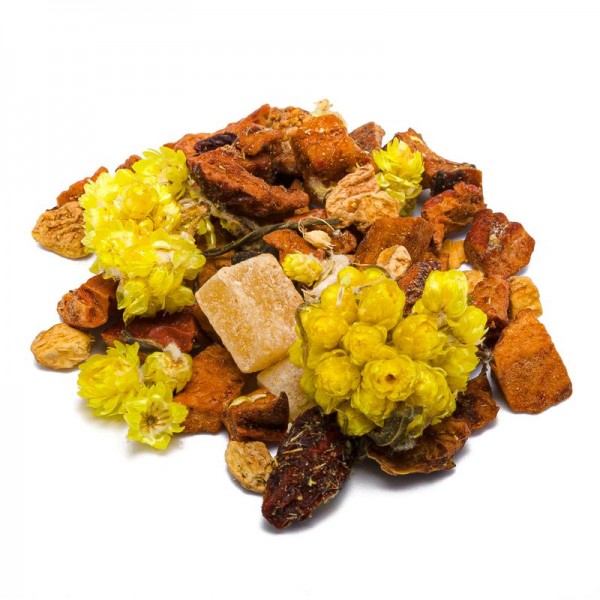









 No reward points for this product.
No reward points for this product.
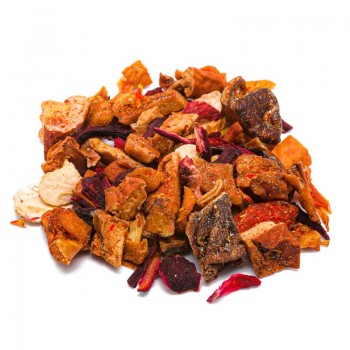
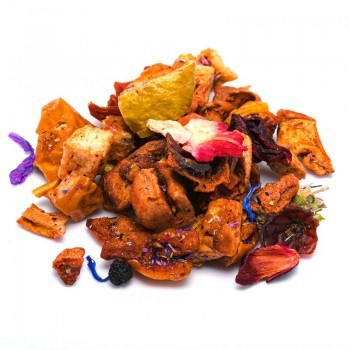
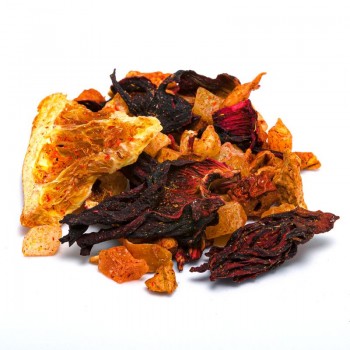
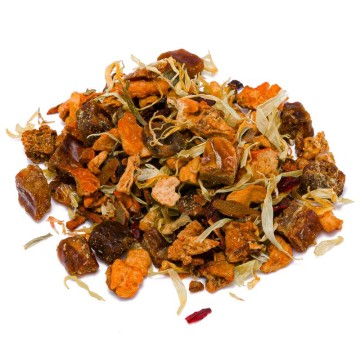
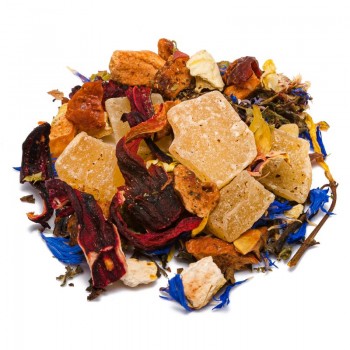
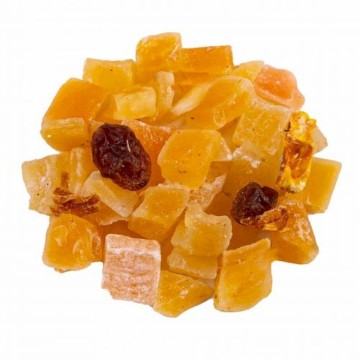
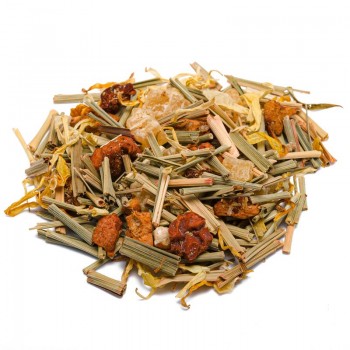

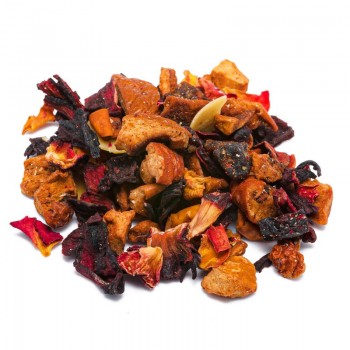
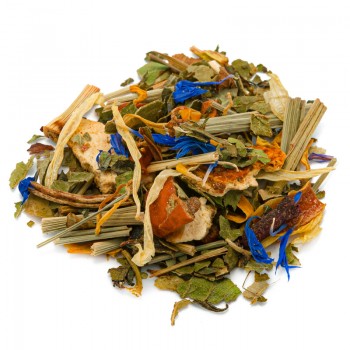
![infuso lime mirtilli rossi [Natura d'Oriente]](https://www.naturadoriente.com/3551-home_default/lime-infused-cranberries.jpg)
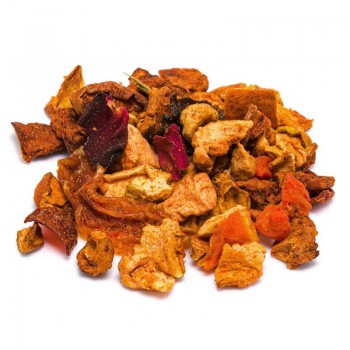
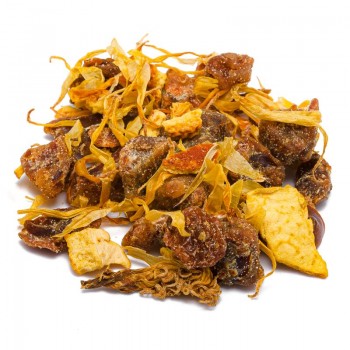
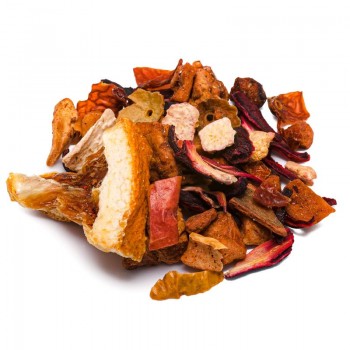
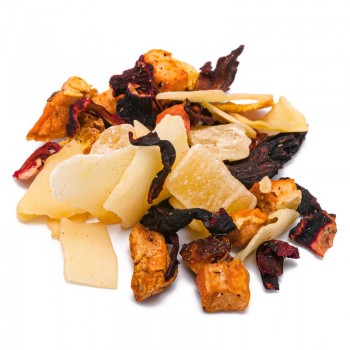
![infuso frutti rossi [Natura d'Oriente]](https://www.naturadoriente.com/3542-home_default/infusion-of-red-fruits.jpg)